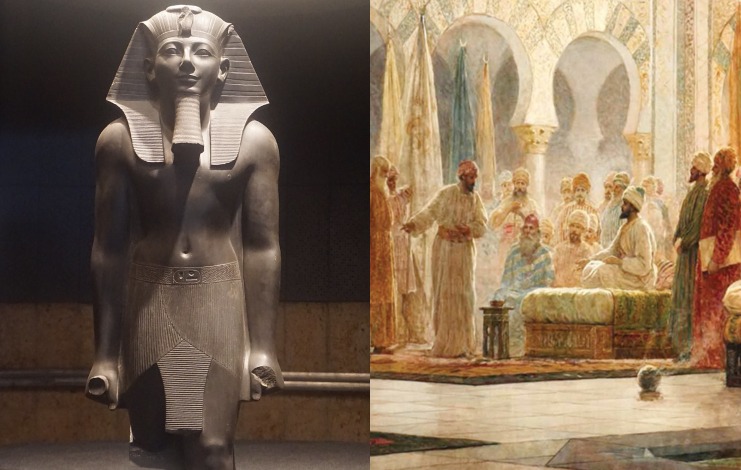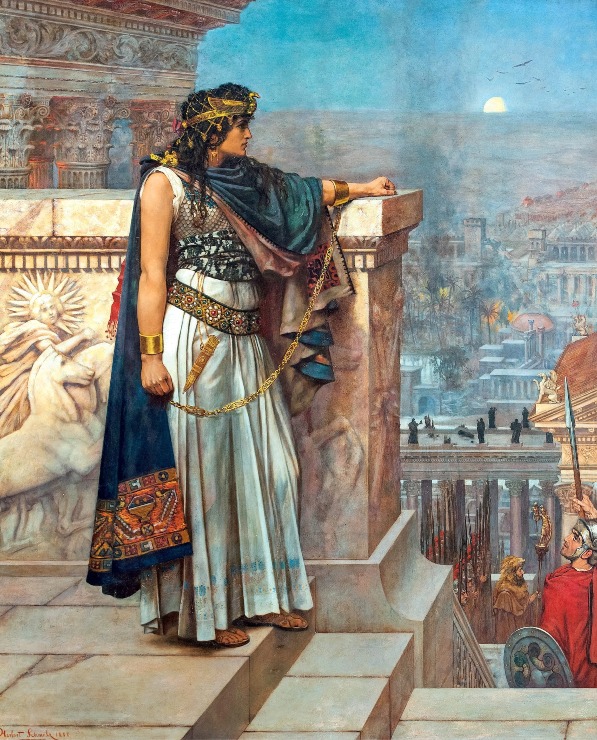In the past few years, Hollywood has resorted mainly to either reboots, sequels, or prequels, with few historical or original ideas. Even when they do them, Hollywood tends to take the Western point of view with a sprinkle of whitewashing on top.
Middle Eastern cinema also recently failed to recreate a historical epic; instead, they went for concise stories to relay something from the past. So in hopes that someone might get inspired enough to create a movie about some of the most notable characters from the MENA region, here are six ancient MENA Kings and Queens who deserve their own blockbuster movies.
Hatshepsut
Hatshepsut is one of the few women of ancient Egypt that assumed the title of Pharaoh officially, with many accounts stating that she reigned from 1479 to 1458 BC; the Egyptian Queen is a fascinating one to know about.
Her rise to power didn’t start with her husband’s death, but many believe it was during her father’s rule, as there is a record stating that she ruled for almost 22 years. After her husband’s death, the heir to the throne, Thutmose III, was only two years old at the time, making her co-regent.
During her reign, she consolidated her power and worked to reestablish the country as one of the most powerful in the region economically; she did so by sending out a trading expedition to the land of Punt, in which she sent five ships with over 200 men. Many returned, bringing back 31 live myrrh trees, becoming the first recorded attempt to transplant foreign trees.
She also re-established trade routes with neighboring countries, which were interrupted due to the Hyksos occupation of Egypt during the Second Intermediate Period. According to Margaret Bunson in “Encyclopedia of Ancient Egypt,” Hatshepsut led short military raids against Nubia and Canaan.
She also had several building projects all over Upper and Lower Egypt, the most famous of which is the mortuary temple complex of Dier El-Bahary that still stands today. While she died sometime in 1458 BC, she left so many projects with her name on them that even when some later pharaohs tried to attribute some of her projects to themselves, they couldn’t hide the fact that she was the original founder.
How to turn it into a movie: Talk about her rise to power, show off the struggles of taking control over the whole country, and reestablishing the kingdom’s position within the region.
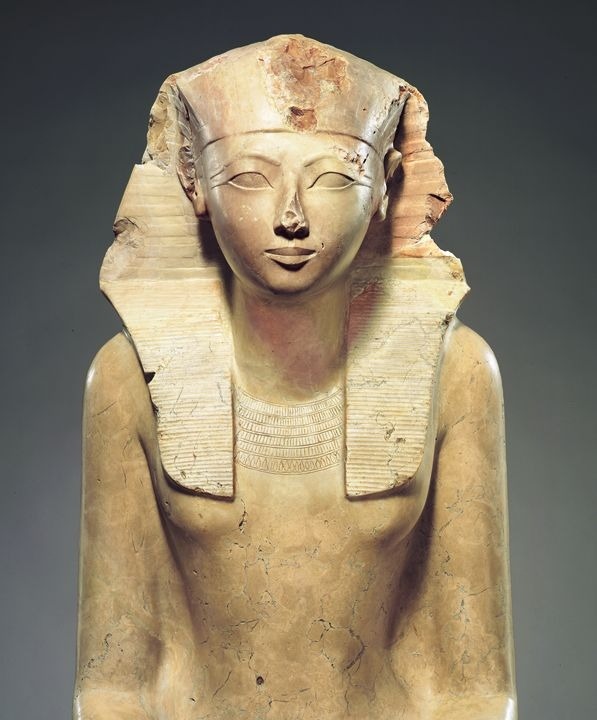
Thutmose III
Remember that kid we mentioned who was two years old when Hatshepsut took control as pharaoh? Yeah, that’s him. Thutmose III didn’t take over Egypt straight away, as his father died when he was young, leaving Hatshepsut the opportunity to seize power. Fortunately for him, when she became Pharaoh over Egypt, she decided not to block him from his throne. Instead. She developed the country enough, and when she saw that he was competent and ready, she made him the leader of her army.
Thutmose III ruled from 1479 to 1425 BC; thankfully, we know a lot about him due to historians considering him a military genius. Among them was historian James Henry Breasted, who nicknamed Thutmose III the “Napoleon of Egypt” in his book “Ancient Times: A History of the Early World; An Introduction to the Study of Ancient History and the Career of Early Man,” thanks to his successful military campaigns and expansionist reign.
The warrior pharaoh’s first major campaign happened as soon as he took the throne by himself, as after Hatshepsut’s death, the king of Kadesh in what is now northern Palestine started a rebellion and moved his troops south; leading Thutmose III to muster his own troops in response, the two forces met at Megiddo where a large scale battle occurred.
The two forces clashed, ending with the Egyptian army crushing the rebellion and starting an expansionist campaign into Canaan and Syria to extend the country’s borders and protect it from invaders.
Thutmose III would launch 16 military campaigns in 20 years with no defeats, establishing Egypt as a superpower in the region for years to come. Stories of his military triumphs would be forever preserved, thanks to carvings covering several tombs and temples throughout Egypt.
How to turn it into a movie: An interesting concept would be following how Thutmose III grew up, became the leader of his kingdom, and faced the external forces against his reign. This could also be turned into a series to cover his entire life and military campaigns.
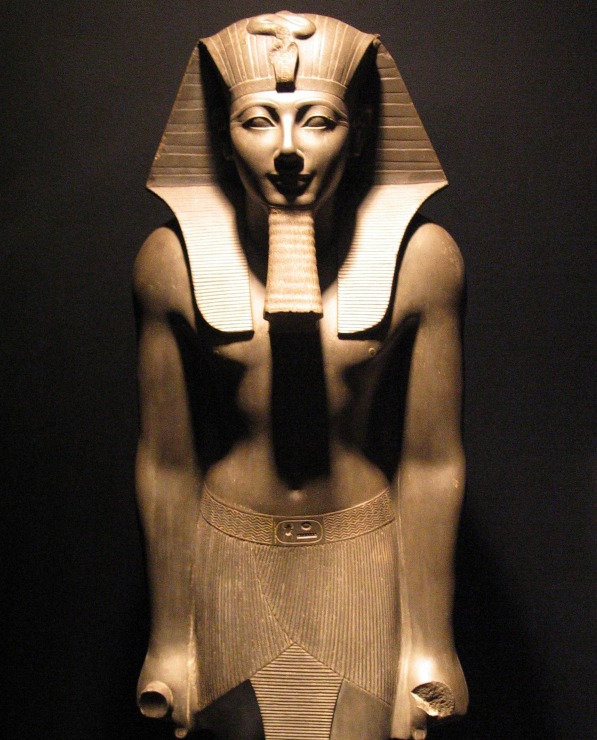
Zenobia
Zenobia is another figure that has been left in the history books and never seen on the big screen. The queen ruled the empire of Palmyra (now modern-day Palestine, Syria, and Lebanon) from 267 to 272 AD and was a symbol of defiance and freedom for centuries.
Marrying the ruler of the city Odaenathus, her husband would elevate his status by becoming a king rather than just a governor, becoming a queen from that point forward. Upon his death in 267 AD, Zenobia became queen-regent until her son would be of age to take the throne.
Zenobia wouldn’t stay idle during her reign as she expanded her borders, annexing several neighboring countries, including Egypt to the south, and announcing that the Palmyrene Empire succeeded the Roman Empire. This situation, of course, didn’t go so well with the Romans, who sent a military force against the new nation.
The two empires would clash in one battle after the next, leading to the Romans laying siege to the capital as the queen tried to escape. Several records state that the Romans captured the queen fleeing westward toward modern-day Iraq, but many historians debated her fate beyond that moment.
A historian by the name of John Malalas stated that she died in captivity on her way to Rome. Other ancient historians believed she reached the Roman capital and was publicly humiliated by being paraded in Aurelian’s triumph parade. However, she was later spared and given a place to live out the rest of her days.
How to turn it into a movie: A movie or series that would show her life and rise to power, then rebellion against the Roman Empire, and finally, her tragic downfall.
Al-Harith Ibn Jabalah
We don’t usually see Pre-Islamic Arab rulers on screen very much, and Al-Harith Ibn Jabalah would be the perfect place to start. The fifth Ghassanid ruler, he reigned from 528 to 569 AD, becoming one of the most successful kings from the region thanks in large part to his participation in several battles with the Byzantines against its rivals, the Sassanid Empire of Persia to the east.
His Ghassanid kingdom was essentially a powerful Arab buffer state established to protect the Byzantine empire from its enemy and become a strong ally in the region against his own rivals, the Lakhmid kingdom, which was an ally of the Persians.
One of the most well-known battles was named “Yawm Halima,” aka “Halima’s Day,” which happened when a Lakhmid raid into the Ghassanid’s region led to the capture of Ibn Jabalah’s son and murder, this forced the two kingdoms to a decisive battle that saw the death of the Lakhmid’s king, Mundhir, and the loss of Ibn Jabalah’s eldest son.
The story would remain in Arab culture and history in the form of pre-Islamic poetry and verbal stories that older generations passed down to new ones. Ibn Jabalah died in a supposed earthquake, with his son taking over.
How to turn it into a movie: The movie can look at his collaboration with the Byzantine empire, and how he proved his allegiance to the empire over the years, becoming a king later and fighting his rival in a climactic battle.
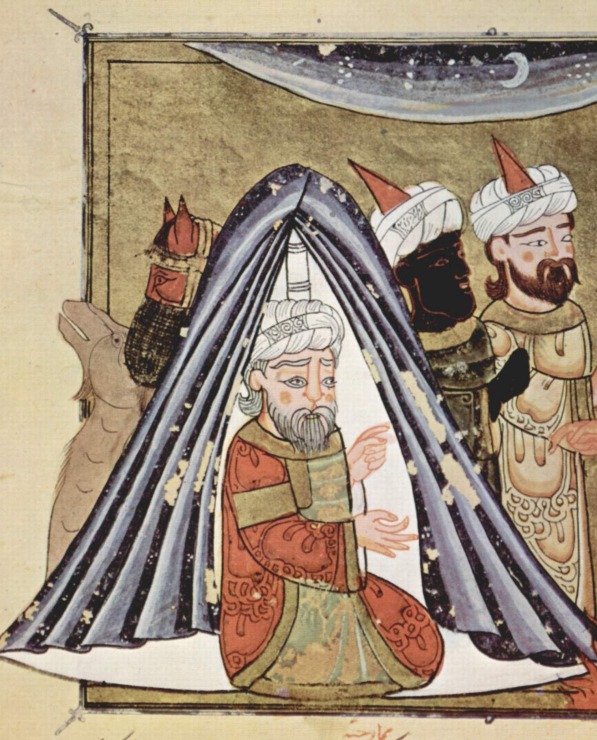
We Said This: Don’t Forget… After 5 Years Of Halt…Dubai Welcomes Its First Ever META Film Festival


